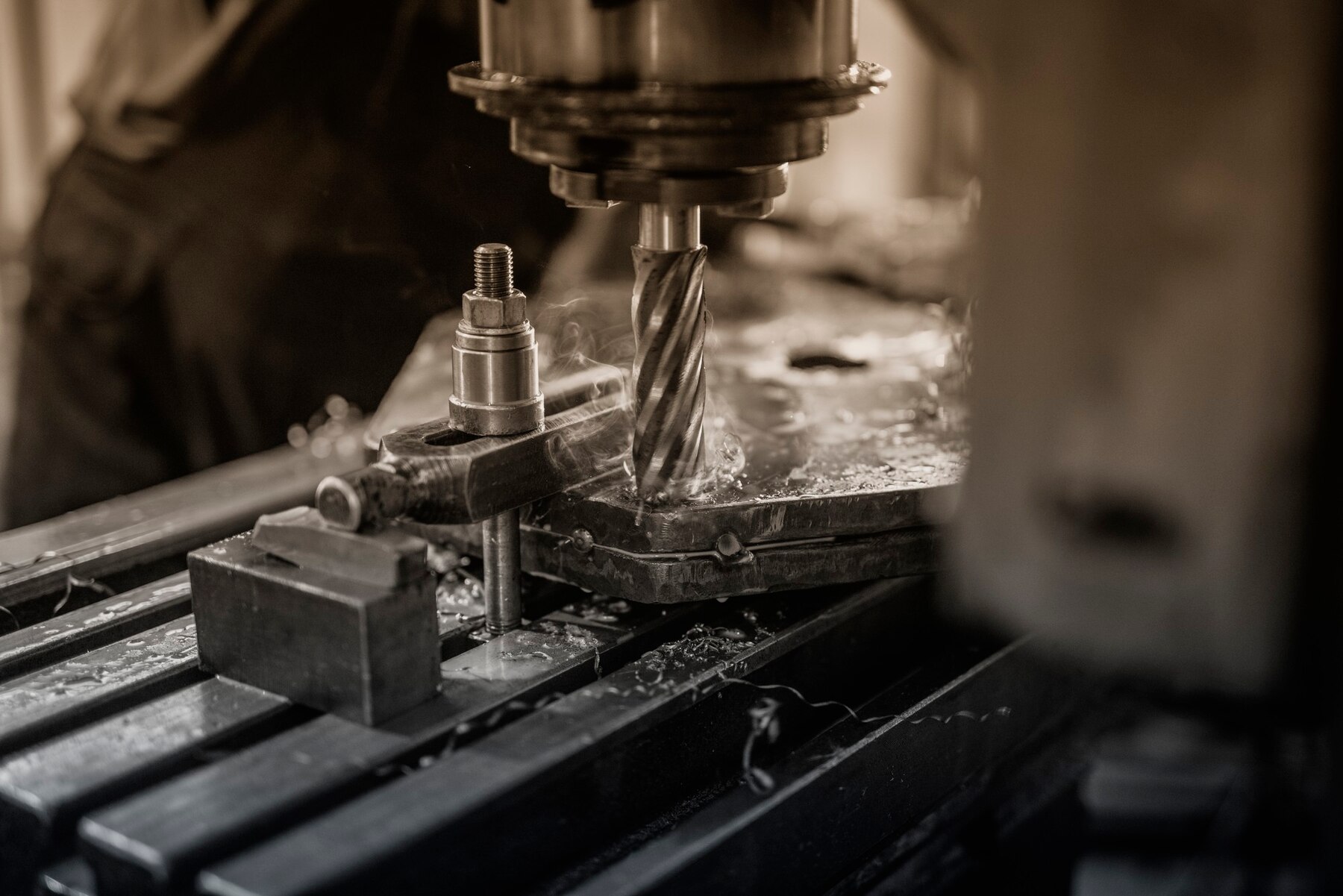Designing a CNC fixture can seem like a daunting task, especially for those new to the world of computer numerical control (CNC) machining. However, with the right approach, creating a custom CNC fixture that enhances the machining process can lead to improved precision, efficiency, and overall results. In this article, we will guide you through the key steps and considerations involved in designing your own CNC fixture, from understanding its purpose to choosing the right materials and techniques.
Understanding the Purpose of CNC Fixtures
CNC fixtures are essential tools in any machining process as they hold the workpiece securely in place during the cutting, drilling, or milling process. The primary purpose of a CNC fixture is to ensure that the workpiece remains stationary and properly aligned throughout the operation, reducing errors and inconsistencies. A well-designed fixture can also improve cycle time by reducing the need for re-clamping, which can be a major source of delays in CNC machining.
To design an effective CNC fixture, you must first understand the specific needs of your project. Each workpiece and machining operation may have different requirements, such as the type of material being worked on, the cutting forces involved, and the precision required. By understanding these variables, you can create a fixture that caters to the specific demands of the job, ensuring optimal performance and accuracy.
Key Considerations When Designing a CNC Fixture
Several factors must be taken into account when designing a CNC fixture to ensure it functions efficiently and safely. The first consideration is the accessibility of the workpiece. Ensure that the fixture design allows the CNC machine’s tools to access all necessary areas of the workpiece. This includes not only the primary cutting areas but also any secondary features such as holes, slots, or intricate contours. Accessibility is crucial for maintaining the machining process’s efficiency and precision.
Another important consideration is the material selection for your CNC fixture. The material needs to be strong enough to withstand the forces exerted during machining while being easy to machine itself. Common materials for CNC fixtures include aluminum, steel, and cast iron. Aluminum is often used for lighter-duty fixtures due to its ease of machining and cost-effectiveness, while steel and cast iron are used for heavier-duty applications requiring greater strength and rigidity. The material you choose will directly affect the performance and longevity of the fixture.
Proper Workpiece Positioning and Clamping Methods
A key aspect of any CNC fixture design is how the workpiece will be positioned and held in place during the machining process. Positioning refers to the accurate alignment of the workpiece to ensure that it is properly oriented relative to the CNC machine’s tools. This alignment must be precise to avoid errors in the machining process, which can lead to defects or scrap parts.
The clamping method is equally critical. It must secure the workpiece firmly in place without damaging it or affecting its geometry. Common clamping methods include using clamps, vices, and vacuum fixtures, depending on the specific requirements of the machining operation. For example, clamps are ideal for holding parts with flat surfaces, while a vice is more suited for holding cylindrical or irregularly shaped workpieces. Vacuum fixtures are often used for lightweight materials or delicate parts that could be deformed by excessive clamping forces. Choosing the right clamping method ensures that the workpiece remains stable throughout the operation.
Incorporating Flexibility and Adjustability
When designing a CNC fixture, it’s important to include features that allow for flexibility and adjustability. This becomes especially important when working with multiple parts or different workpieces in the same fixture. Flexibility allows the fixture to accommodate various sizes and shapes of parts, reducing the need for completely new fixtures for each job.
Adjustable elements such as sliding rails, adjustable clamps, and modular components can provide this flexibility. For example, a fixture with adjustable jaws can be customized to hold different workpiece sizes, while modular fixtures with interchangeable parts allow you to quickly adapt the design for different projects. This flexibility can save both time and money by reducing the need for multiple custom fixtures and ensuring that your CNC machine can handle a wide range of tasks efficiently.
Testing and Refining Your CNC Fixture Design
Once your CNC fixture design is complete, it’s crucial to test it before putting it into full production. Testing allows you to identify any potential issues with the fixture, such as inadequate clamping force, misalignment, or difficulty in accessing certain areas of the workpiece. It’s important to check that the fixture is properly aligned with the CNC machine’s spindle and tool path, as even minor misalignments can lead to costly machining errors.
After testing, refine the fixture design as necessary. This may involve adjusting clamping methods, adding additional support features, or modifying the fixture’s geometry. Keep in mind that fixtures should be designed with ease of use in mind, ensuring that setup times are minimized, and the fixture remains functional and durable throughout its lifecycle. Continuous testing and refining of your CNC fixture will ensure optimal performance and help you achieve the best results from your CNC machining operations.
Conclusion
Designing a custom CNC fixture can significantly improve the precision, efficiency, and overall results of your CNC machining operations. By understanding the purpose of CNC fixtures, considering key factors such as material selection, positioning, and clamping methods, and incorporating flexibility and adjustability, you can create a fixture that meets the specific needs of your project. Additionally, regular testing and refinement ensure that your CNC fixture will perform at its best, reducing errors and maximizing productivity. With these insights, you are well on your way to designing a CNC fixture that enhances your machining results and contributes to the success of your operations.




